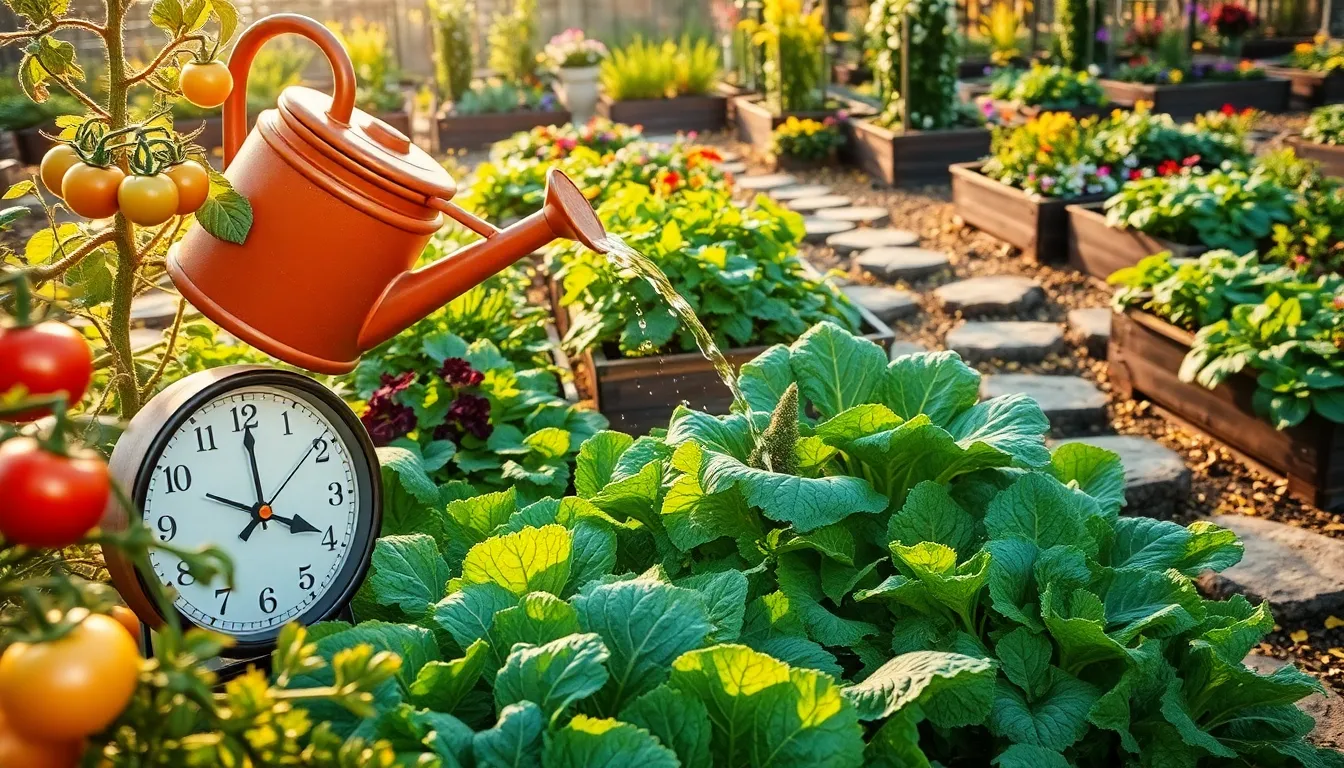Welcome to “Best Time To Water Plants Properly,” where the art of nurturing your green companions transforms into a rewarding journey for both new and seasoned gardeners. Whether you’re just starting with your first potted friend or have cultivated a sprawling indoor jungle, understanding the optimal watering schedule is essential for lush, thriving plants.
In this guide, we’ve curated a list of indoor plants that not only bring beauty and freshness into your home but also teach you the nuances of proper hydration. By mastering the timing and technique of watering, you’ll unlock the secrets to vibrant foliage and bountiful blooms, making every moment spent in your indoor garden a joyful experience.
With practical tips and insights, you’ll gain the confidence to care for your plants like a pro, ensuring they flourish in your care. Embrace the delight of successful gardening as you discover the perfect balance of water and care, transforming your space into a green oasis that rewards your efforts with every new leaf and flower.
Soil Moisture Meters (Precision Watering)
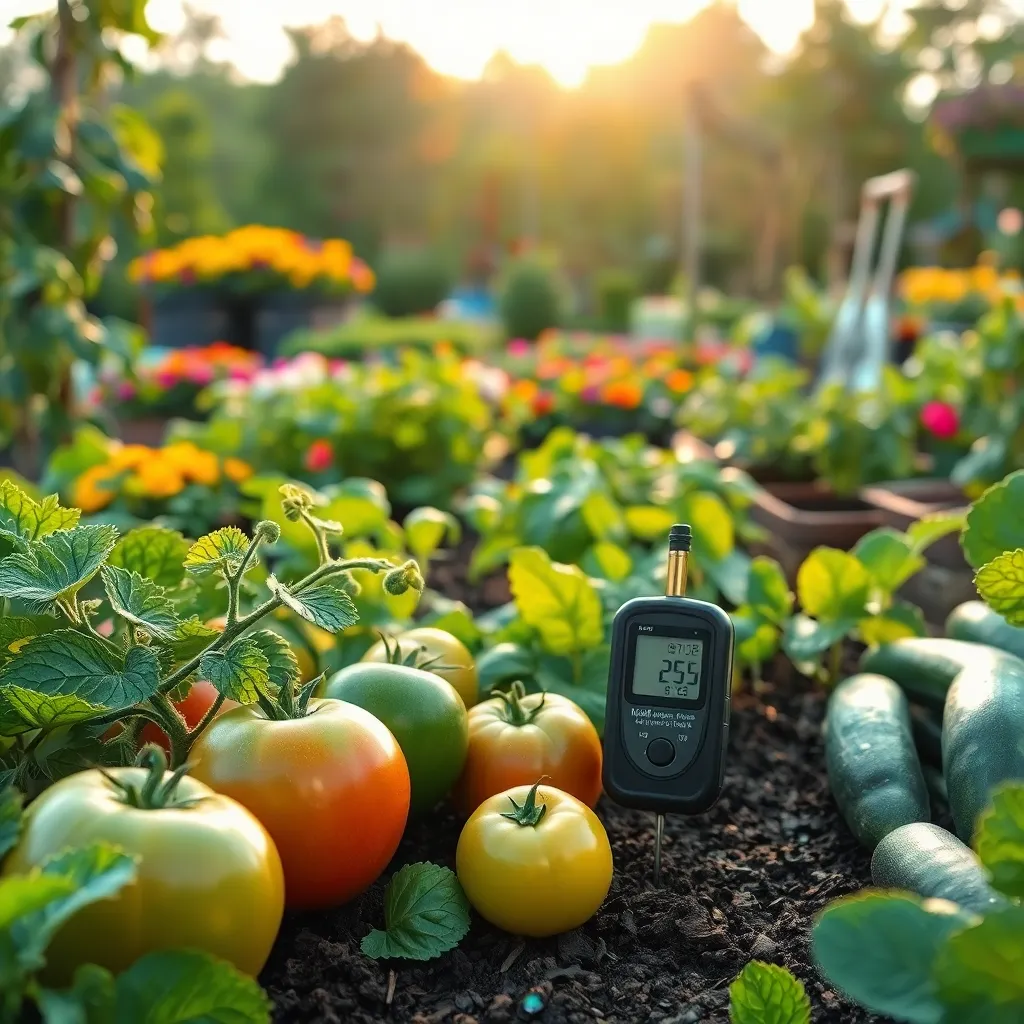
Using a soil moisture meter can significantly improve your watering practices by providing precise information about your soil’s moisture levels. These devices are especially helpful for avoiding overwatering, which is a common issue that can lead to root rot and other plant diseases.
For beginners, choosing a simple analog moisture meter is a great start, as it requires no batteries and is easy to read. Insert the probe into the soil near the plant’s roots, and it will give you an instant reading on a scale, typically from dry to moist to wet.
Advanced gardeners might opt for digital moisture meters that offer more detailed readings and additional features, such as temperature and pH levels. These tools can be particularly beneficial for plants with specific moisture needs, such as succulents or tropical species.
Regularly checking the moisture levels can help you determine the best watering schedule for your plants. As a general rule, most plants prefer the soil to dry out slightly between waterings, but the ideal moisture level can vary depending on the plant species and soil type.
Self-Watering Planters (Consistent Hydration)
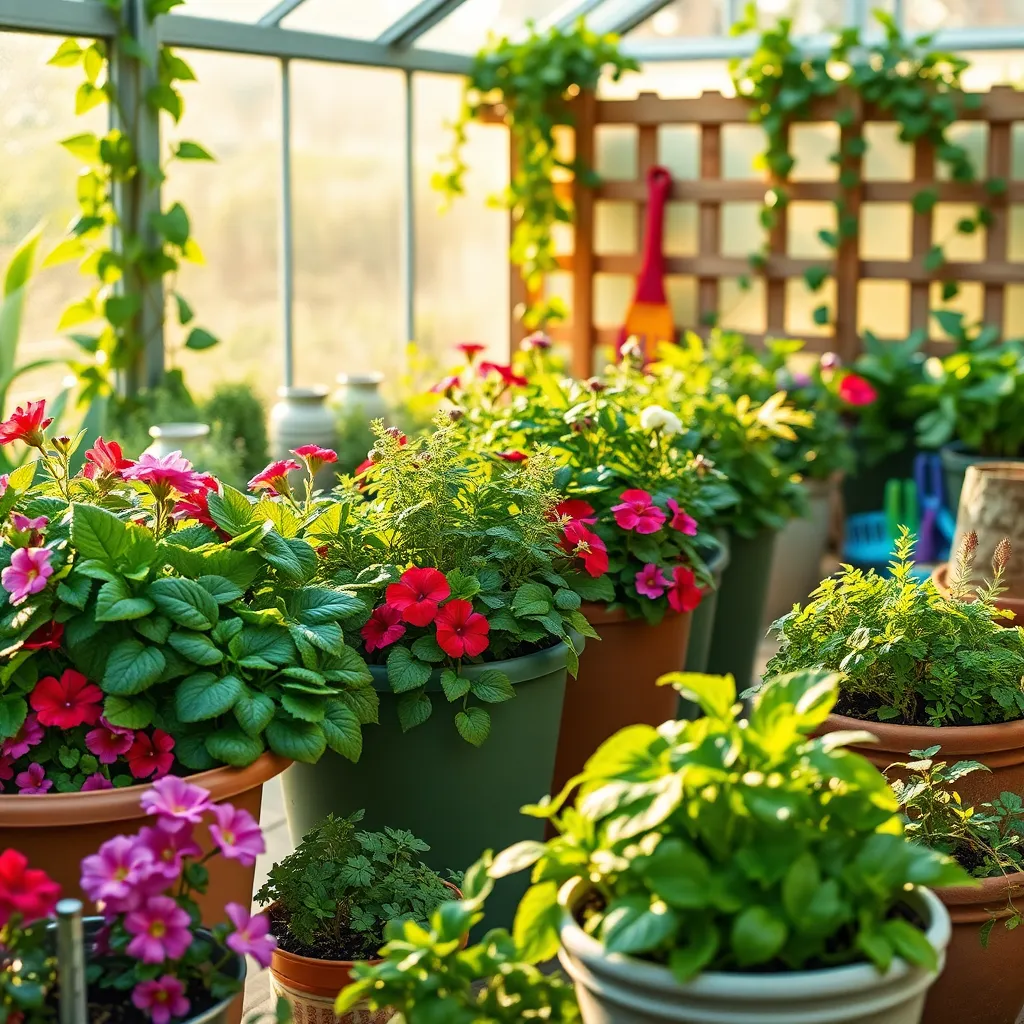
Self-watering planters are a fantastic solution for maintaining consistent hydration in your garden, especially for busy gardeners. These planters use a reservoir system that allows water to be absorbed by the soil as needed, making them perfect for ensuring your plants never go thirsty.
With self-watering planters, you can avoid the common problem of overwatering, which can lead to root rot and other issues. Simply fill the reservoir once or twice a week, depending on the weather and the plants’ needs, and let the system do the work for you.
For best results, choose a planter with a reservoir that can hold enough water for at least seven days. This capacity ensures that your plants receive consistent moisture, even during hot spells or when you’re away from home.
It’s important to use the right type of soil in self-watering planters to maximize their effectiveness. Opt for a lightweight potting mix with good drainage; this allows the wicking process to function efficiently, providing your plants with the moisture they need.
Mulching Techniques (Moisture Retention Strategy)
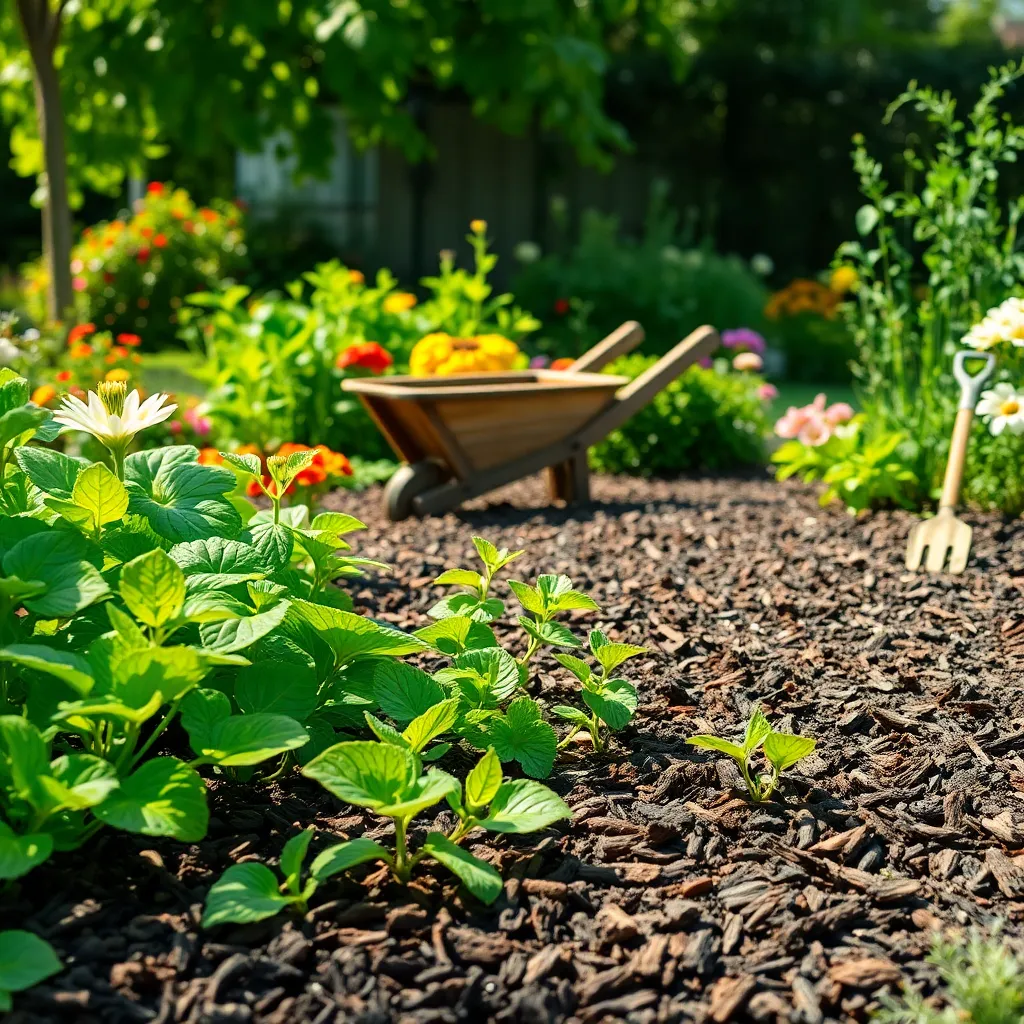
Mulching is a highly effective strategy for retaining soil moisture, which is essential for healthy plant growth. By covering the soil with a layer of organic or inorganic material, you can reduce evaporation and maintain a consistent soil temperature.
Organic mulches such as bark, wood chips, or straw can enrich the soil as they decompose, adding valuable nutrients. This process not only feeds your plants but also improves soil structure, promoting better root growth and water retention.
Choosing the right mulch for your garden is crucial. For instance, light-colored mulches reflect sunlight and are ideal for hot climates, while darker mulches are better for cooler regions as they absorb heat.
Advanced gardeners can consider using a combination of mulches for targeted benefits. For example, layering newspaper beneath bark mulch can provide an extra barrier against weeds while still allowing rainwater to penetrate effectively.
Rainwater Harvesting Systems (Eco-Friendly Water Source)
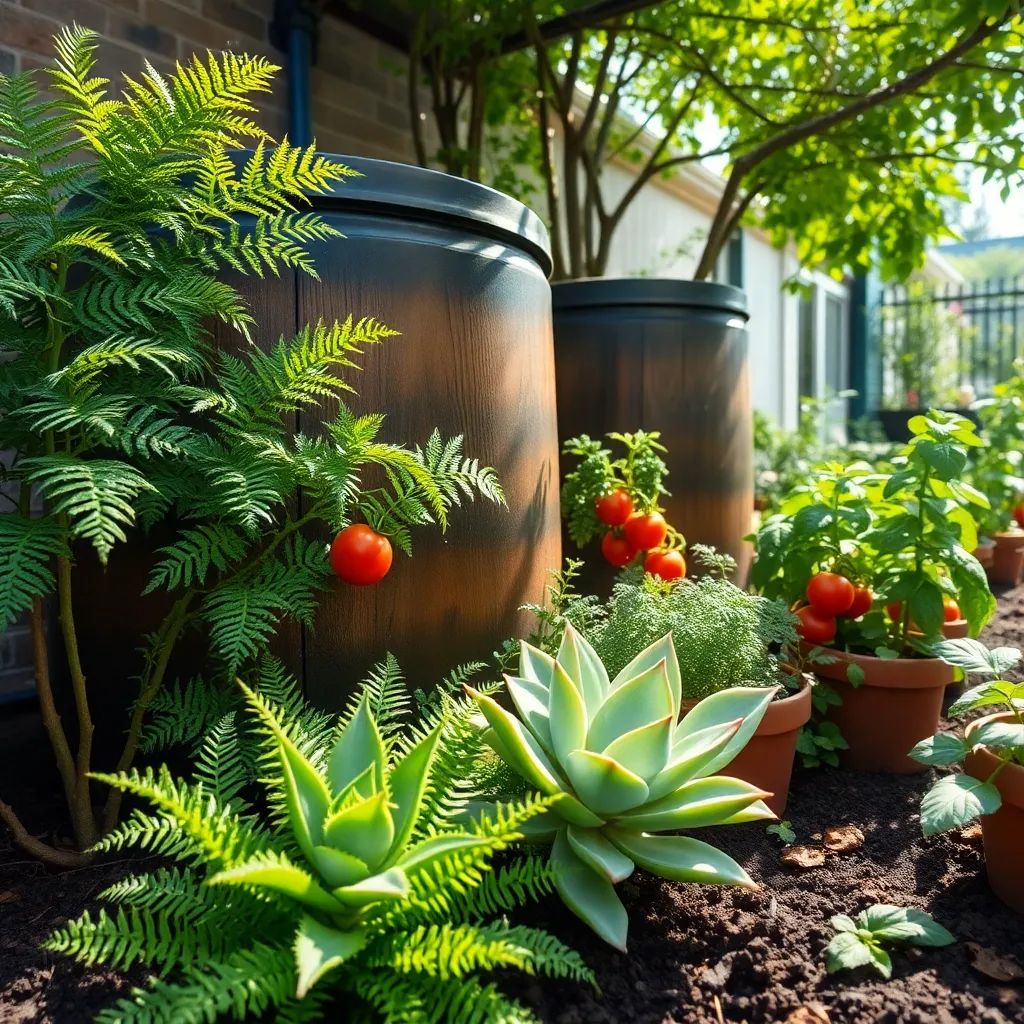
Rainwater harvesting systems offer an eco-friendly way to provide your garden with much-needed hydration. By collecting rainwater, gardeners can reduce reliance on municipal water sources, which is both cost-effective and environmentally responsible.
To set up a basic rainwater harvesting system, start by installing a rain barrel beneath a downspout from your roof. Ensure the barrel is equipped with a spigot at the bottom to easily access the collected water for your plants.
For more advanced systems, consider integrating a series of connected barrels or a larger tank to store greater quantities of water. These systems can be fitted with a filtration mechanism to ensure the water remains free from debris, making it safe for your plants.
Utilizing rainwater can be especially beneficial during dry spells, providing a consistent water supply when natural rainfall is scarce. This practice not only conserves water but can also help your plants thrive, as rainwater is typically free of the chemicals found in treated tap water.
Smart Irrigation Controllers (Timed Efficiency)
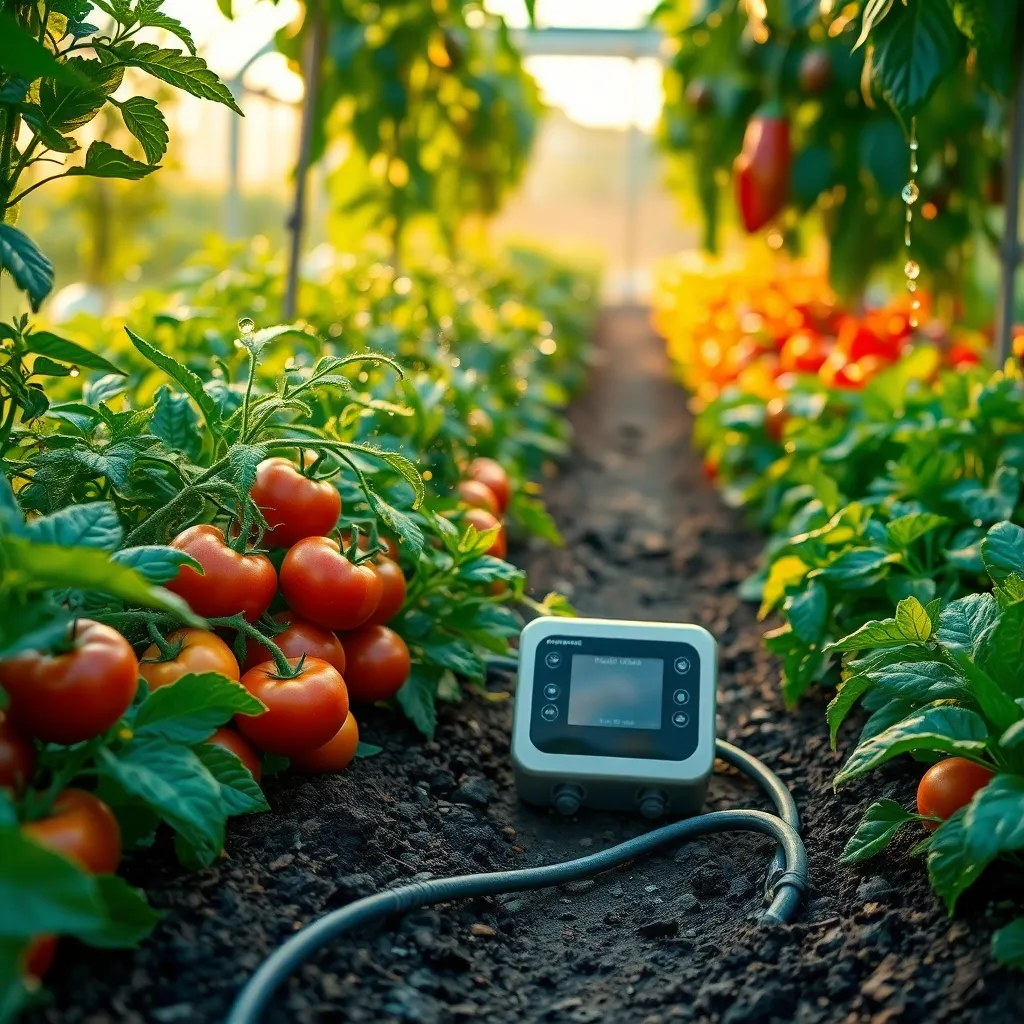
Smart irrigation controllers are a game changer for gardeners who want to optimize water usage. These devices adjust watering schedules based on weather conditions, ensuring your plants receive the right amount of moisture at the right time.
By using a smart controller, you can set specific watering zones and times, which is essential for gardens with diverse plant needs. For instance, succulents require less frequent watering than vegetables, and a smart system can cater to both.
Installing a smart irrigation system is straightforward, typically requiring only basic tools and a Wi-Fi connection. Once installed, you can manage your garden’s watering schedule through a smartphone app, allowing for adjustments at any time and from anywhere.
To enhance the efficiency of your smart irrigation system, consider pairing it with soil moisture sensors. These sensors provide real-time data, allowing your controller to skip a scheduled watering if the soil is already moist, thus conserving water and preventing overwatering.
Conclusion: Growing Success with These Plants
In nurturing the bonds we hold dear, understanding the best time to water our metaphorical plants is crucial. This article explored five key relationship concepts: the importance of timing in communication, the need for consistent care and attention, recognizing the signs of a thirsty relationship, adapting to seasonal changes, and maintaining balance in giving and receiving love. By integrating these insights, you’re better equipped to foster deeper connections.
As an actionable step, take a moment today to assess one relationship in your life. Identify a small action you can take to nurture it, whether it’s a heartfelt conversation, a simple gesture of kindness, or just a moment of shared silence.
Remember, successful relationships are built on small, consistent efforts. Bookmark this article as a handy guide to revisit these concepts and keep your relationships thriving. By doing so, you’re setting the stage for a future where your relationships are not only sustained but flourish with warmth and understanding. Embrace this journey with confidence, knowing that the seeds you plant today will blossom into meaningful connections tomorrow.

